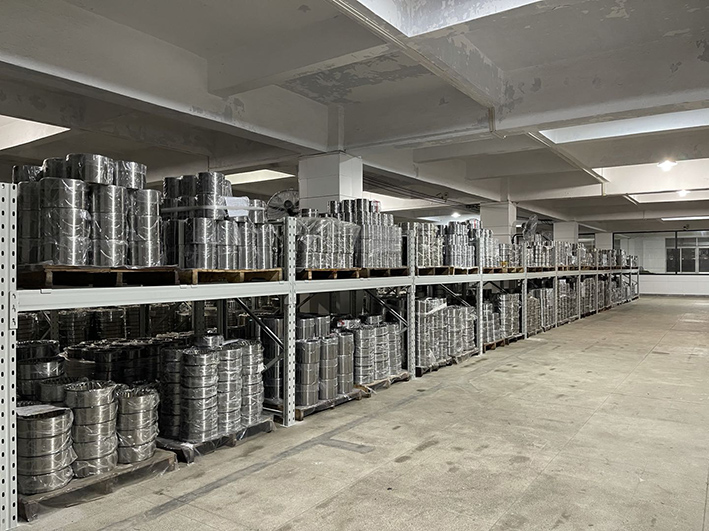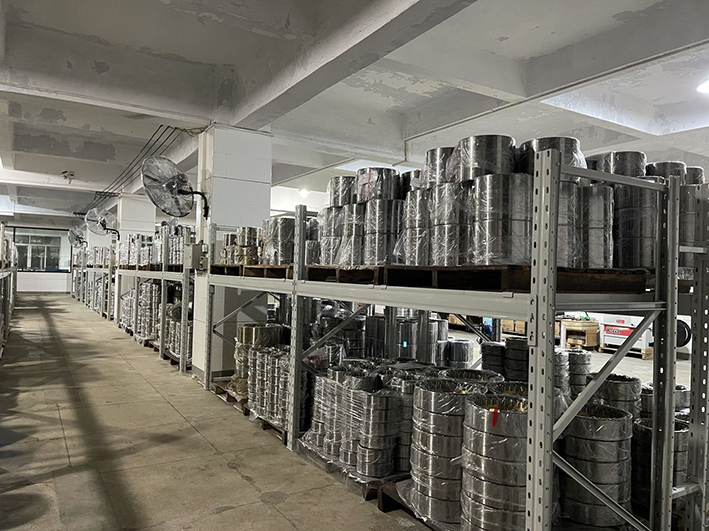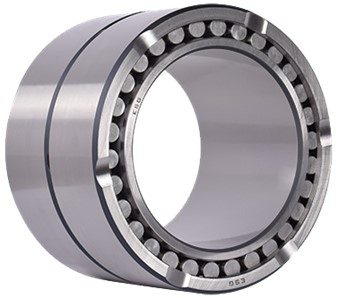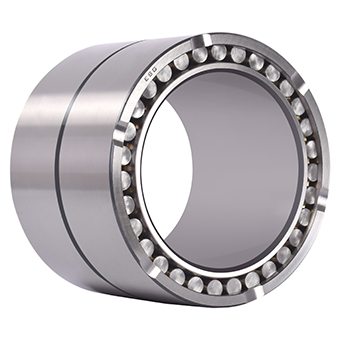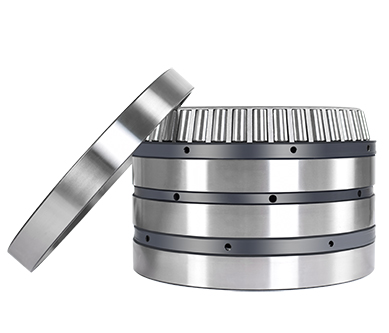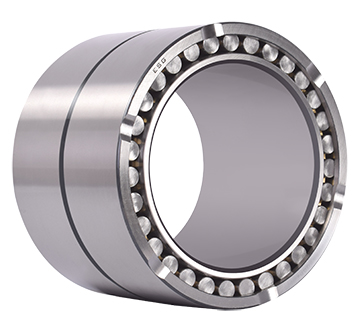Crafting High-Performance Rolling Mill Bearings
In the realm of industrial machinery, where efficiency and reliability are paramount, the precision of each component plays a pivotal role. One such critical component is the rolling mill bearing, and in our pursuit of excellence, we've elevated our manufacturing process to deliver super precision on the contact surface of the bearing roll way.
The Precision Engineering Process: Our commitment to quality begins with the meticulous engineering of the rolling mill bearings. We employ advanced technologies and cutting-edge manufacturing processes to achieve super precision on the crucial contact surfaces. This precision is particularly concentrated on the bearing roll way, ensuring an unparalleled level of accuracy in its form and function.
The precision engineering process involves the use of state-of-the-art machinery, stringent quality control measures, and the expertise of our skilled engineers. We leave no room for error, consistently adhering to tight tolerances to create a flawless and high-performance rolling mill bearing.
Benefits of Super Precision Rolling Mill Bearings:
1. Enhanced Performance: The super precision on the contact surface of the bearing roll way translates to superior performance in real-world applications. The precisely crafted bearings contribute to smoother operations and reduced friction, optimizing the overall efficiency of the rolling mill.
2 Extended Service Life: The precision-engineered bearings are designed to withstand the rigors of heavy-duty industrial applications. By minimizing wear and tear through precise construction, these bearings boast an extended service life, reducing downtime and maintenance costs.
3. Consistency in Operation: The uniformity achieved through super precision ensures consistent performance across all units. This consistency is crucial for the seamless operation of the rolling mill, contributing to the reliability of the entire system.
